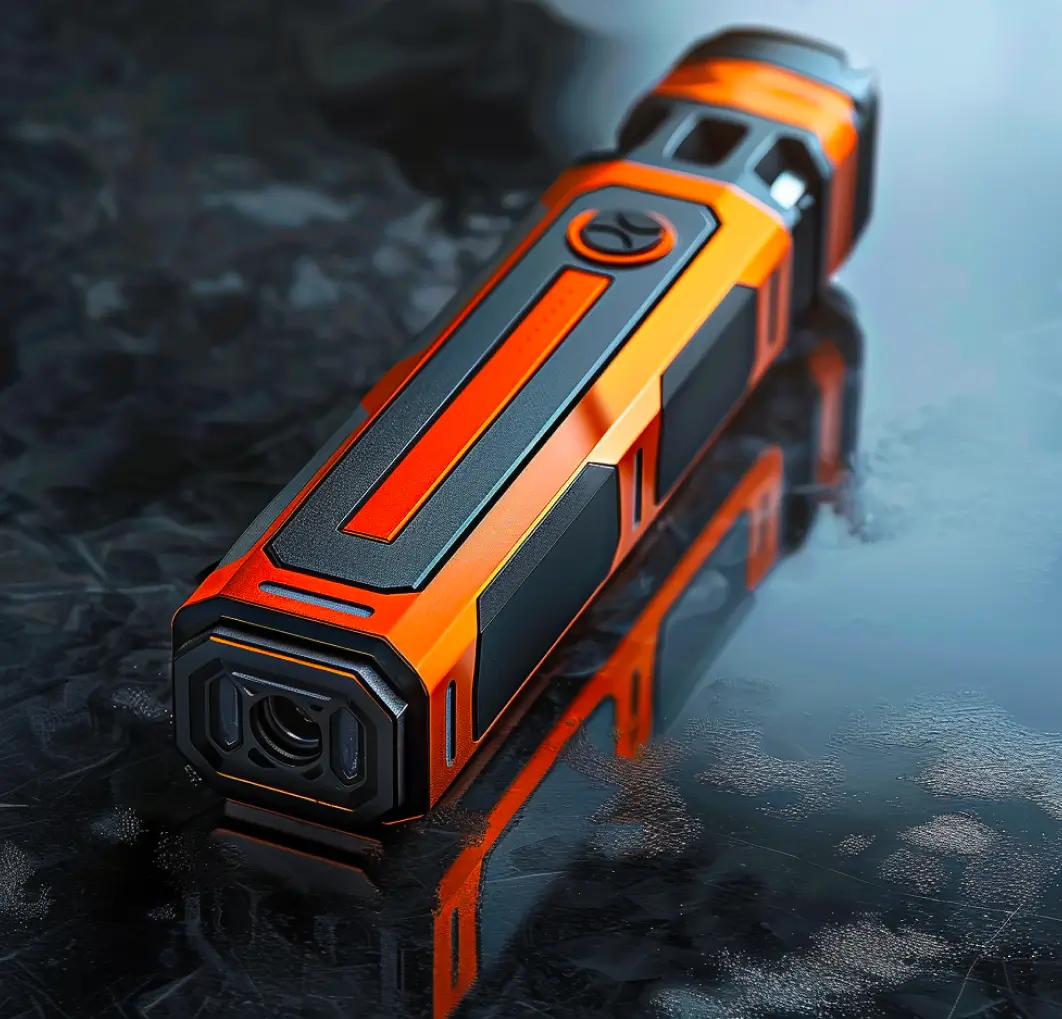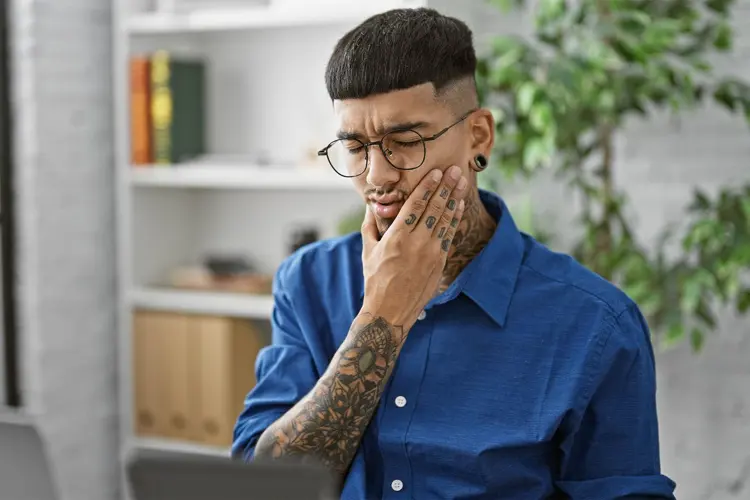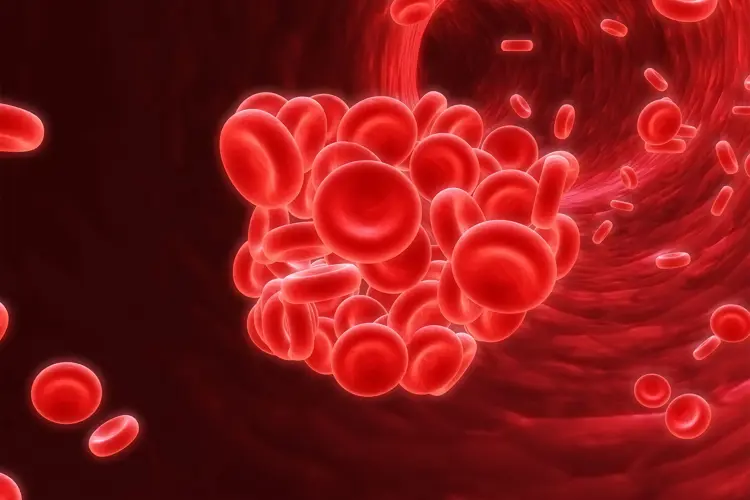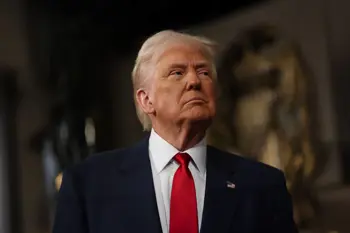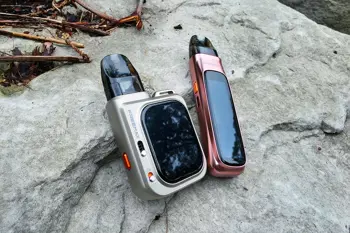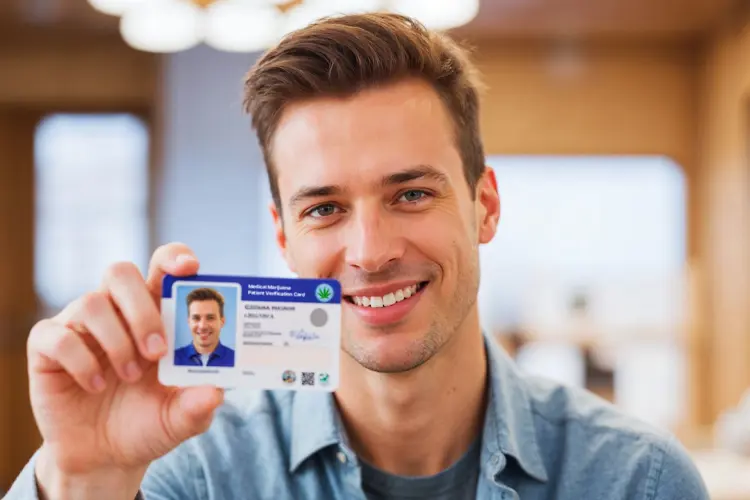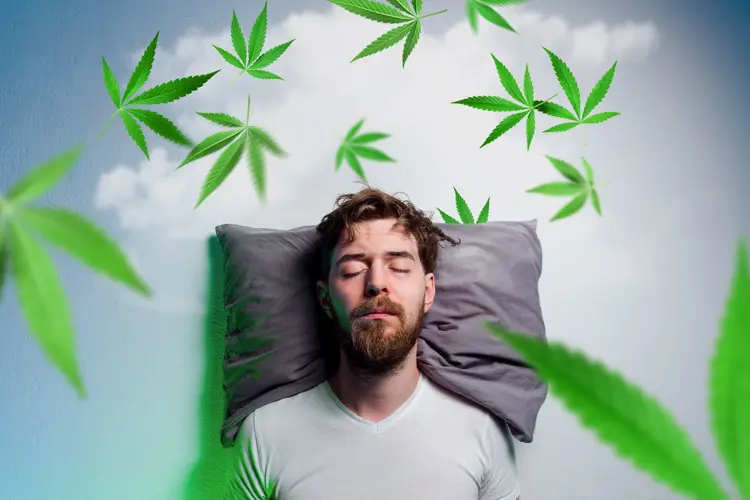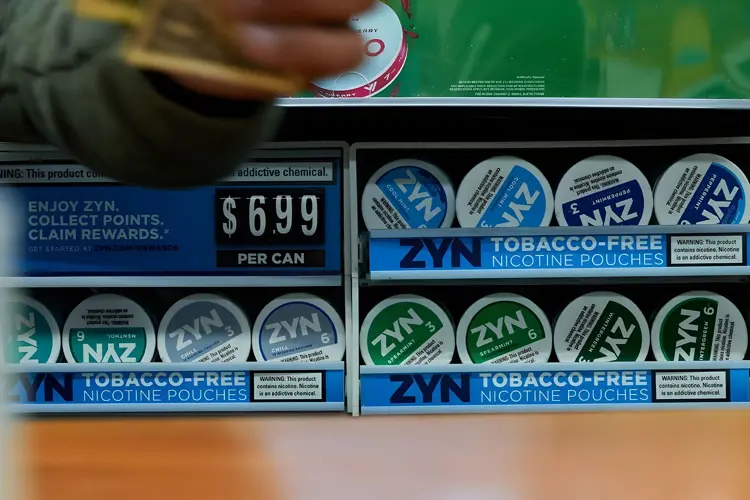Getting a tooth pulled is unpleasant, frustrating, and something we all prefer to avoid. These feelings are amplified even further for vapers. Nicotine is often used to relieve stress and discomfort, and yet nicotine products are discouraged when recovering from oral surgery.
This article will explore several reasons why you probably shouldn’t immediately vape after a tooth extraction (including wisdom teeth removal). We’ll also provide tips for supplementing nicotine while your body heals. Lastly, we’ll discuss why it’s important to proceed cautiously when you dust off your favorite disposable and resume your vaping journey.
If you’re a vaper with an tooth extraction in your future, keep reading to learn how to manage your recovery.
Can you vape after tooth extraction?
No, not right away. Most dentists and oral surgeons recommend waiting at least two to three days before vaping (or smoking). If you can hold off for four days or even a week, even better. That would give your body ample time to recover before resuming your old routine. So, although you could vape 48 hours after a tooth extraction, that doesn’t mean you should. Picking up the vape too soon could lead to a longer recovery period.
When can I vape after wisdom teeth removal?
The same applies to vaping after wisdom teeth removal—you should wait at least two to three days. However, this is a much more complex procedure, so additional caution is encouraged.
Wisdom teeth are some of the largest molars; their substantial roots will leave behind much larger wounds than most teeth. Also, in many cases, multiple wisdom teeth are extracted at the same time. Both factors may increase the healing period, as well as the possibility of setbacks during recovery.
Risks of vaping too soon after tooth extraction
Technically speaking, nothing is preventing you from puffing on a vape a few hours after a tooth extraction. If you feel the temptation, be aware that vaping could inflict more pain and discomfort rather than relief. It’s not worth the risk. Here are a few reasons to show self-restraint while recovering:
Dry socket
An unfortunately common complication following a tooth extraction is alveolar osteitis, also known as “dry socket.” After a tooth is pulled, a protective blood clot forms over the tooth socket, which is crucial for the healing process.
A dry socket occurs when the blood clot is removed or dissolved. It is extremely painful since the clot protects the bone and sensitive nerve endings. Food and liquids contacting the exposed area will intensify the discomfort even further. Tooth extraction recovery is already a painful process, but a dry socket can take it to another level.
Vaping can cause a dry socket in a couple of ways. Firstly, the heat from vapor could dissolve or loosen the blood clot. Secondly, a tight inhale works like a vacuum, potentially dislodging the blood clot. Any type of suction or negative pressure in your mouth—even drinking from a straw—is risky. This partially explains why smokers are more likely to experience dry socket after oral surgery.
Slow healing and inflammation
Vaping after tooth extraction could potentially slow the healing process in a couple of ways:
- Vapor and the ingredients in e-liquids, can cause irritation and inflammation. This can damage valuable cells that are responsible for healing, and even exacerbate the recovery pain.
- All wounds put a metabolic demand on the body, requiring a steady supply of oxygen and glucose to heal properly. The vasoconstricting effects of nicotine can impair this process by reducing the amount of oxygenated blood that reaches the wound. Vasoconstriction may also hinder blood clot formation and promote infection.
Infection
Bacterial infection is a risk with any wound; a vulnerable tooth socket is no exception. One of the reasons vapes should be avoided is that the mouthpiece can expose the extraction site to bacteria and germs. Restricted blood flow caused by nicotine can also increase the likelihood of infection, as previously mentioned.
Vaping after tooth extraction with gauze or stitches
Even if the extraction site is covered with gauze, that doesn’t mean you’re free to start vaping any sooner. Those who required stitches during the procedure aren’t in the clear either. Both gauze and stitches may slightly reduce the chances of dislodging a blood clot, but dry socket is still a risk. They also do not efficiently protect the wound from heat or ingredients in the vapor, which can cause inflammation. However, gauze can be beneficial when you resume vaping after a few days. More on that later.
Supplementing nicotine after oral surgery
The following is not medical advice. Please consult with your dentist or oral surgeon if you intend to use any nicotine products after surgery.
Those dependent on nicotine may find it difficult to abstain for a few days after a tooth extraction. To manage cravings during this time, nicotine patches may be the best option since they do not pose any risk of bacterial infection.
If you do opt for the patch, remember that any type of nicotine will constrict blood vessels. Thus, one should probably limit the use of nicotine products alongside other blood thinners, such as aspirin. Doing so may inhibit the blood clot formation over the wound.
Can I use nicotine pouches after a tooth extraction?
Ideally, it would be best to abstain from all oral nicotine products while recovering from a tooth extraction. Yes, this includes nicotine pouches and gum. Both products may irritate the wound, cause infection, and prolong the overall healing process.
On the other hand, nicotine pouches are a better option than vaping and smoking. Professional opinions are mixed on this topic. Some dentists and oral surgeons recommend pouches to nicotine users during recovery; others do not. Here are a few tips for those who decide to use them:
- Try to wait at least 48 hours so the blood clot can properly form.
- Wash your hands before putting the pouch in your mouth.
- Park the nicotine pouch on the opposite side of the extraction site, ensuring it never contacts the wound.
- After discarding the pouch, rinse with salt water or the mouthwash recommended by your oral surgeon to reduce the chances of infection.
Resuming vaping after your tooth extraction
Even if you’ve waited a few days to resume vaping, you should proceed with caution. Your mouth is still healing, and overdoing it could set your recovery back. Consider the following recommendations before taking that first puff:
Take it easy: The best recipe for vaping after tooth extraction is low power, loose (open) airflow, and short puffs. Allowing air to enter the side of your mouth while inhaling may also be beneficial. The intent is to avoid dislodging or dissolving the blood clot by minimizing suction and heat. Vaping on the opposite side of the wound is also encouraged, but this won’t be possible with wisdom teeth removal.
Use gauze: Gauze may reduce (not eliminate) the chances of a dry socket when you resume vaping. Simply cut, fold, and wet a small piece of gauze and place it over the extraction site. This provides some extra protection from suction and vapor. Note that a dry socket is usually only a risk during the first week, so gauze might not be necessary if you’ve waited long enough.
Keep your mouth clean: The best way to avoid infection is to keep your mouth clean. Following a tooth extraction, your dentist will advise you to regularly rinse with a medicated mouthwash or salt water, especially after eating. Doing the same after vaping or using nicotine pouches will also reduce bacteria exposure and irritation.
Keep your mouthpiece clean: The mouthpiece (or drip tip) of a vape can introduce bacteria to your mouth. To avoid infecting the wound, regularly change your mouthpiece or clean it with warm water and disinfectant soap. If it is not removable, sanitize it with isopropyl alcohol and allow it to dry. Note: do not let isopropyl alcohol drip into your device or tank.
Don’t ignore pain and swelling: Some people require more recovery time than others after a tooth extraction. If you’re still experiencing significant pain and swelling after a few days, do not vape. Doing so could make the situation even worse. Likewise, if pain reemerges after you resume vaping, stop. Pain is a valuable tool for self-preservation; it prompts us when something is causing us harm. Don’t ignore it.
Stay hydrated: Hydration is crucial during the healing process. It stimulates saliva production, which helps flush debris and bacteria from your mouth. Hydration also increases blood circulation, thus promoting the delivery of nutrients and oxygen to the wound. The main ingredients of vape juice (VG and PG) have dehydrating effects, so vapers are encouraged to drink more water to counteract this. (Note that your dentist may discourage drinking for a short period after the procedure.)
President Trump promised during his election campaign to “save vaping," but his administration has undermined that goal at every turn.
The U.S. disposable vape market has grown to $2 billion in annual sales, although nearly none of the products are authorized by the FDA.
More than 30 bills that would impose severe restrictions vaping consumers’ product choices remain active in U.S. state legislatures.
The Freemax REXA PRO and REXA SMART are highly advanced pod vapes, offering seemingly endless features, beautiful touchscreens, and new DUOMAX pods.
The OXVA XLIM Pro 2 DNA is powered by a custom-made Evolv DNA chipset, offering a Replay function and dry hit protection. Read our review to find out more.
The SKE Bar is a 2 mL replaceable pod vape with a 500 mAh battery, a 1.2-ohm mesh coil, and 35 flavors to choose from in 2% nicotine.
